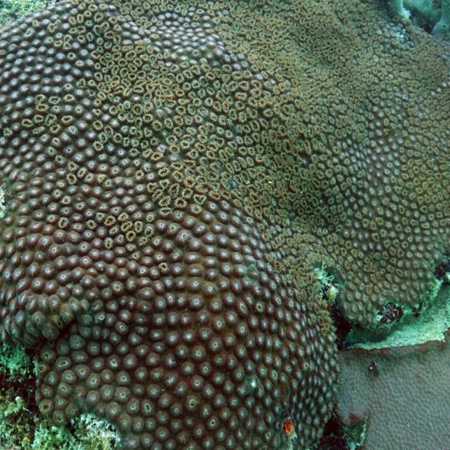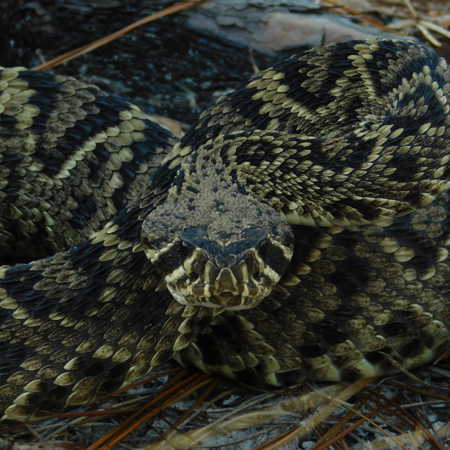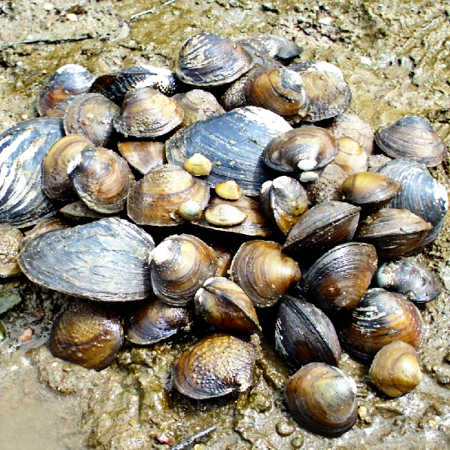
Welcome to the Gulf Coast Cooperative Ecosystem Studies Unit. The GC-CESU facilitates collaborative research, education and technical assistance pertaining to the human and natural environment, within and beyond the region, among federal and state agencies, universities and non-governmental organizations.
Project Highlights

Comprehensive Marine Resources Survey at Naval Air Station Key West
Naval Air Station Key West (NASKW) is comprised of 6,249 acres of land distributed over 14 properties located in the Florida Keys. Several properties interface with the marine environment and include substantial coastal improvements including piers, seawalls, boat basins, dredged channels, and marinas. Protected marine resources, including corals, occur on and adjacent to these facilities. It is important to the US Navy to understand the type and extent of protected marine resources that occur on and adjacent to their facilities.
Regulated marine resources (e.g., ESA-listed and unlisted corals, seagrass habitats, natural hardbottom habitats) that could impact the ability of the Navy to maintain, improve, or repair shoreside facilities were assessed at selected Navy locations following established data collection methods for marine assessments. Assessing these resources in terms of location, abundance, and vulnerability will assist the Navy in project planning and implementation, allowing an advance assessment of the potential extent of impacts, means of resource avoidance, and possible resource mitigation strategies where applicable.
The assessment of corals included a complete accounting of all ESA-listed coral species encountered, and a more general assessment of non-listed corals focusing on documenting the distribution and abundance of non-listed corals with general density estimates.

Disease Survivorship in Wild Eastern Diamondback Rattlesnakes (Crotalus adamantus)
The Eastern diamondback rattlesnake (Crotalus adamanteus) is a declining species of large-bodied rattlesnake which is currently under consideration for listing under the ESA. Camp Blanding Joint Training Center (CBJTC) is a Florida National Guard base located in Clay County, Florida, consisting of 73,000 acres—about 56,000 of which are managed as a wildlife management area (WMA). As of 2023, wild Eastern diamondbacks from CBJTC have tested positive for several diseases, including snake fungal disease (Ophidiomyces ophiodiicola).
This project, led by the Rattlesnake Conservancy (TRC), seeks to document the survivorship and qualitative life history factors of wild infected Eastern diamondbacks at CBJTC. Information about how such diseases affect Eastern diamondbacks will help to inform future management decisions about this imperiled species. Project snakes will be monitored via radio-tracking on a routine basis with field techs collecting data on visual, body condition, microhabitat selection and life history events such as eating, mating and hibernacula selection. Field work is planned and prepared to begin in Spring of 2023.

Assessment and Review of Mussel-hydrologic Relationships for Mussels in East Texas
Freshwater mussels (Family: Unionidae) play important roles in freshwater ecosystems by facilitating nutrient cycling, increasing habitat heterogeneity, and serving as a food source for fishes, mammals, and birds. Due to their sensitivity to various environmental stressors, inability to escape human-mediated perturbations due to their limited mobility, and dependence on fishes to complete their life cycle, they are one of the most imperiled taxonomic groups in North America. In Texas, 15 of the 52 described species (29%) are listed as state threatened and two of these species, Pleurobema riddellii (Louisiana Pigtoe) and Potamilus amphichaenus (Texas Heelsplitter), are being considered for protection under the Endangered Species Act (ESA). However, the distribution of these species is still poorly known for some rivers within their presumptive ranges. This lack of information may hinder USFWS efforts to analyze the current and future viability of these two species through the Species Status Assessment (SSA) framework.
The goal of this study is to provide high quality distribution information for P. riddellii and P. amphichaenus in select river systems within East Texas and Louisiana where they have been recently discovered or where their occupancy is suspected. Emphasis is being placed on surveying locations where additional information can help inform the SSA process for these species. The results gathered from this effort will help inform the listing process for these species and contribute to the knowledge base for mussel research in the southeastern United States.
Comprehensive field surveys will be implemented in select rivers and streams in east Texas and western Louisiana to address knowledge gaps in the distribution and abundance of P. riddellii and P. amphichaenus. Putative identifications will be confirmed using a DNA barcoding approach. Historical data plus survey results from the present study we will used to develop conservation status assessment maps for P. riddellii and P. amphichaenus, which can be used to guide monitoring and recovery actions.

